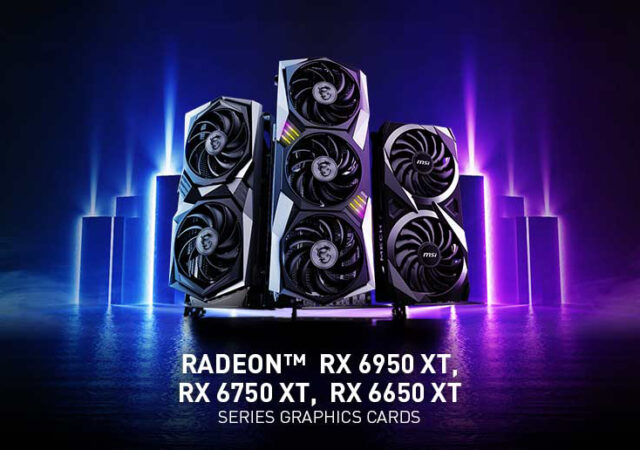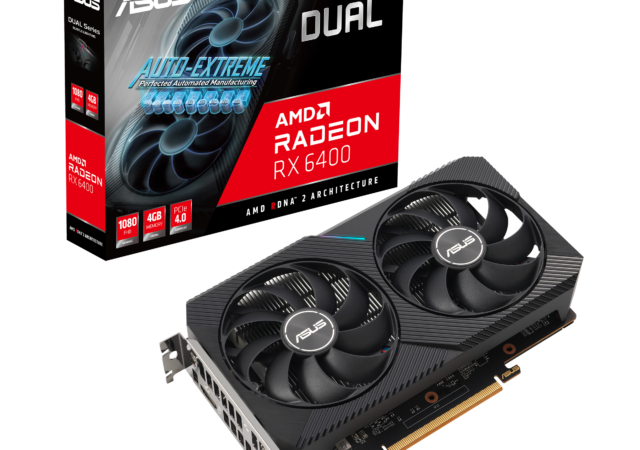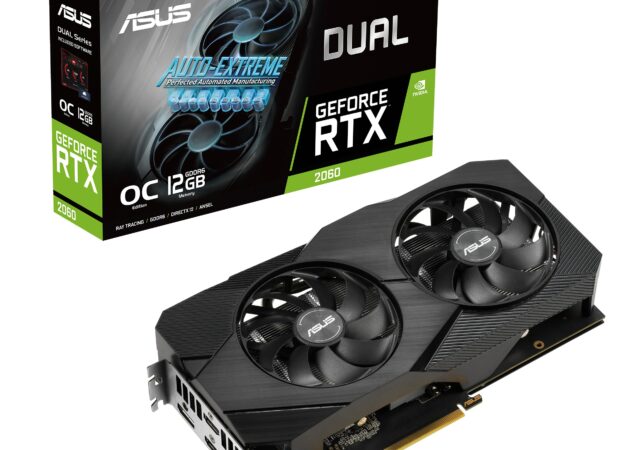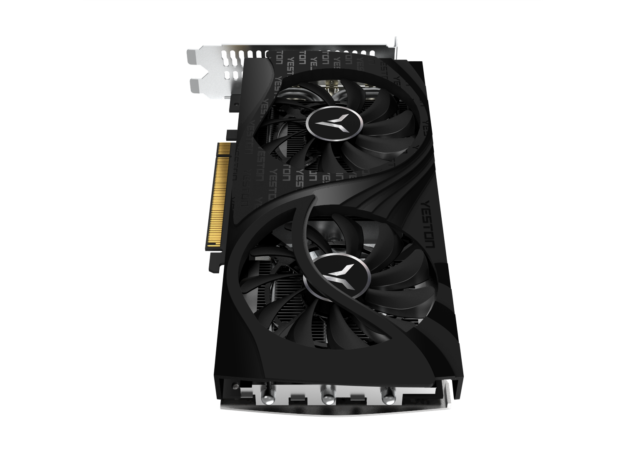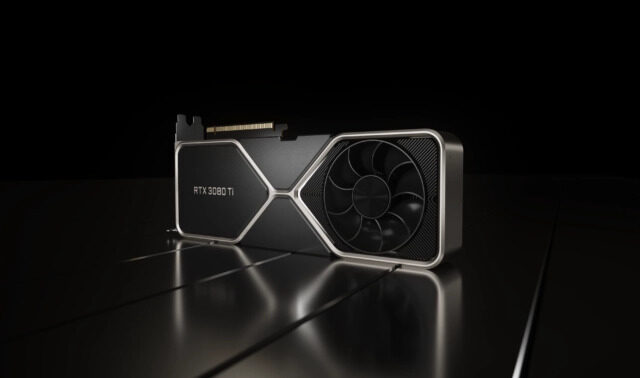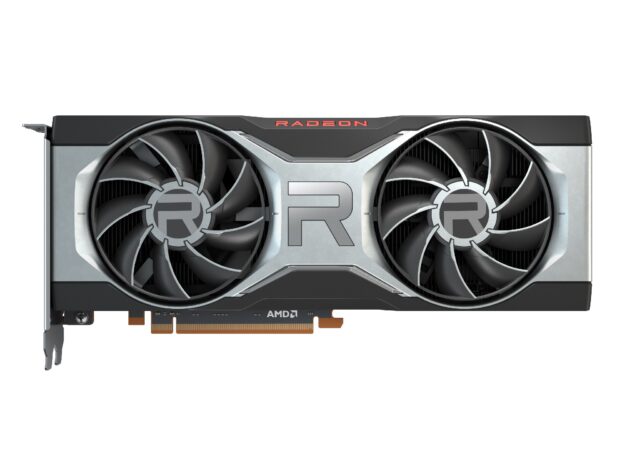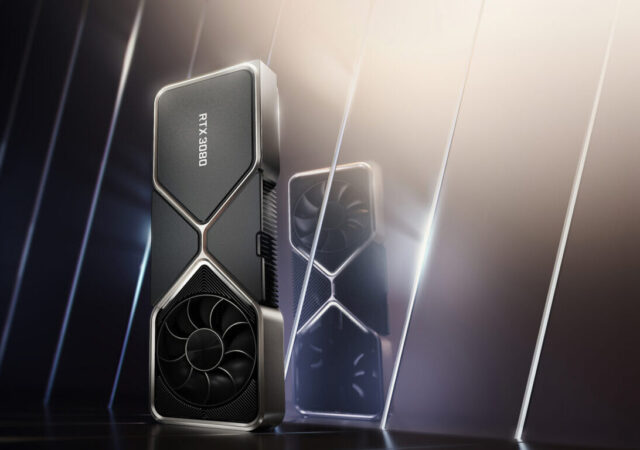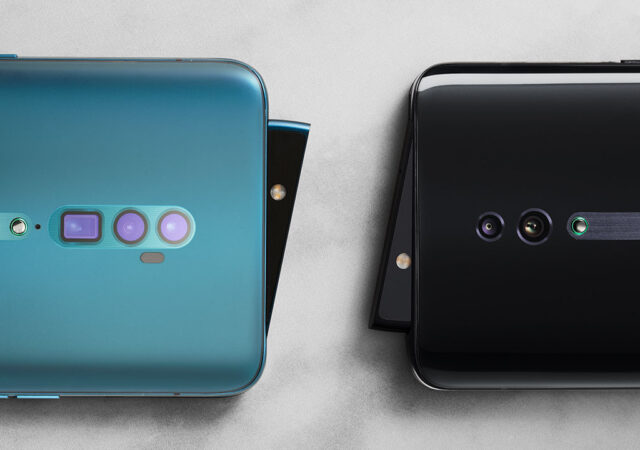MediaTek announces the Dimensity 9000+ SoC for flagship smartphones with a ultra-powerful Cortex-X2 at its core to take on Qualcomm’s best.
AMD Announces the New Radeon RX 6950 XT – Same-Same, But Better in Every Way
AMD announces their most powerful GPU yet in the Radeon RX 6950 XT with RDNA 2, FSR 2.0, faster clock, and even faster memory at US$ 1,099.
ASUS AMD Radeon RX 6400 GPUs are the Next Best Thing for 1080p Gaming
ASUS has released their AMD Radeon RX 6400 into the wild for MYR 960. The new RDNA 2 GPU is the perfect GPU for Full HD gaming budget builds.
ASUS Launches Their Version of the 12GB variant of the NVIDIA GeForce RTX 2060 GPU
ASUS launches their variant of the NVIDIA GeForce RTX 2060 GPU with 12GB of RAM in Malaysia for MYR 2,560.
AMD Announces the Radeon RX 6600 XT – Fast, Smooth, Responsive 1080p Gaming
AMD announces the new Radeon RX 6600 XT GPU made for the best possible 1080po Full HD gaming at a reasonable price.
[COMPUTEX 2021] NVIDIA Introduces Even More High-End GPUs in the form of the NVIDIA GeForce RTX 3080 Ti and GeForce RTX 3070 Ti
NVIDIA launched their most powerful GPUs for consumer PCs toward the end of last year. The GPUs launched in 2020 had, according to NVIDIA anyway, the largest generational improvement ever in a GPU. While we ourselves have not had the…
AMD Launches the AMD Radeon RX 6700 XT GPU
AMD just launched their latest GPU made for high frame-rate 1440p gaming. The new Radeon RX 6700 XT will be available 18th March 2021 onward.
NVIDIA GeForce RTX 30 Series is here! The GeForce RTX 3080 and 3090 is Here!
NVIDIA just launched their new Ampere architecture on the GeForce RTX 30 Series GPUs. This is the new age of ultra-powerful GPUs.
OPPO dipping their hands into the bag of microchips
OPPO is reportedly getting into the chip making game. This is not the first time a phone manufacturer creates its own chipsets to be used in their own smartphones. You know these brands too, they are Samsung and Huawei with…




